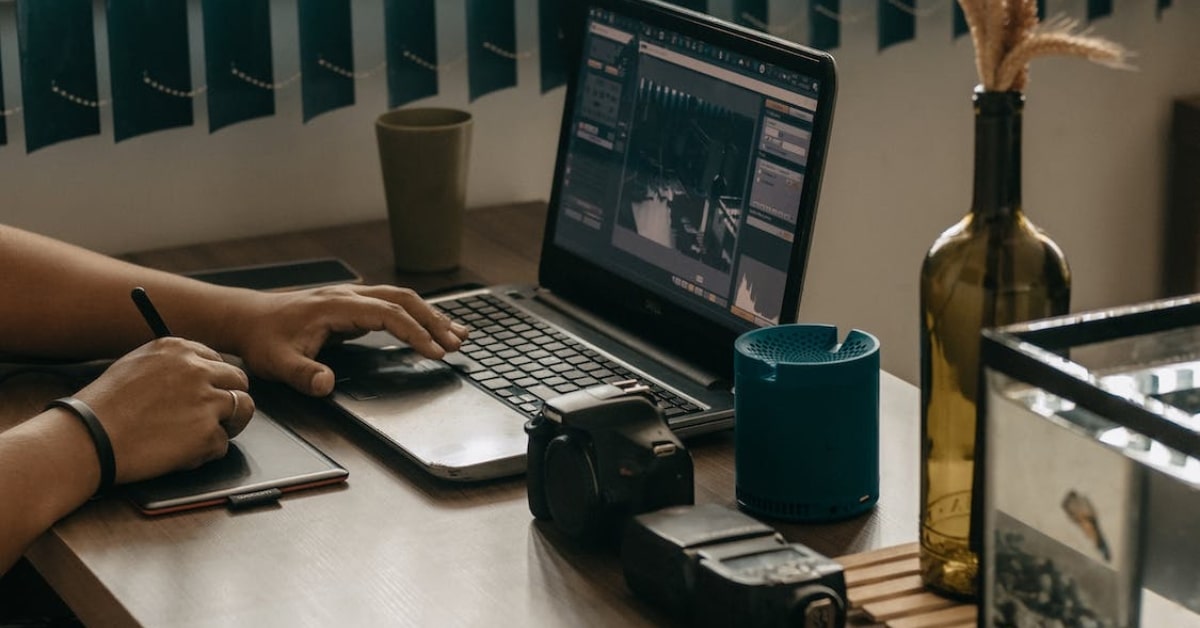In the visually driven world of today, photo editing plays a pivotal role in shaping the way we perceive images and, by extension, the world around us. Photo editors are the unsung heroes behind the scenes, meticulously refining and enhancing photographs to create stunning visuals. In this comprehensive guide, we’ll delve into the photo editing job description, providing insights into the roles and responsibilities of these skilled professionals.
Significance of Photo Editing
Photo editing is a critical element in various industries, including photography, graphic design, advertising, and e-commerce. It involves the enhancement, manipulation, and retouching of images to achieve desired visual outcomes. A skilled photo editor can transform ordinary photos into captivating works of art.
What Does a Photo Editor Do?
A photo editor‘s primary role is to bring out the best in photographs. This entails:
- Color Correction: Adjusting color balance, saturation, and contrast to achieve desired tones.
- Image Enhancement: Improving sharpness, clarity, and overall image quality.
- Retouching: Removing imperfections, blemishes, or distractions.
- Composition: Cropping and framing images for optimal visual impact.
- Visual Effects: Adding creative filters, overlays, and textures when necessary.
- Consistency: Ensuring a consistent look and feel across a series of images.
Key Responsibilities of a Photo Editor
The core responsibilities of a photo editor include:
- Selecting and Organizing Images: Sorting through a vast collection of photos to choose the most suitable ones for editing.
- Editing and Retouching: Applying various editing techniques to enhance and refine images.
- Communication: Collaborating with photographers, clients, and creative teams to understand project requirements.
- Meeting Deadlines: Managing time effectively to meet project deadlines and deliver polished images promptly.
- Staying Updated: Keeping up with industry trends and emerging editing techniques.
- File Management: Organizing and archiving edited images for future reference.
Essential Skills and Qualities
Successful photo editors possess the following skills and qualities:
- Creativity: The ability to envision and execute creative editing concepts.
- Attention to Detail: Meticulousness in identifying and correcting imperfections.
- Technical Proficiency: Proficiency in photo editing software like Adobe Photoshop or Lightroom.
- Communication: Effective communication with photographers and clients to understand their vision.
- Problem-Solving: The capacity to troubleshoot and find solutions to editing challenges.
- Time Management: Efficiently managing time to meet deadlines.
Educational Background and Training
While there are no strict educational requirements for becoming a photo editor, many professionals in this field hold a degree in photography, graphic design, or a related field. Additionally, gaining hands-on experience through internships or assisting experienced photo editors can be invaluable.
Evolving Landscape of Photo Editing
As technology advances, the role of a photo editor continues to evolve. Artificial intelligence and machine learning have introduced automation into certain aspects of photo editing, allowing editors to focus on more creative tasks. This transformation highlights the importance of staying updated with the latest tools and techniques in the field.
Conclusion
The photo editing job description embodies a blend of technical expertise, creativity, and attention to detail. Photo editors play an essential role in the visual storytelling process, ensuring that images convey their intended message and impact. As the demand for high-quality visuals continues to grow across industries, the role of a skilled photo editor remains indispensable, making this profession an exciting and rewarding path for those passionate about visual arts and storytelling.
FAQs
Photo editors can work in various settings, including photography studios, publishing houses, advertising agencies, or as freelancers from their own workspace.
Yes, photo editors often specialize in specific industries, such as fashion, product photography, or journalism, which can influence their editing style and techniques.
Photo editors work closely with clients to ensure their vision is met. They often provide drafts for review and make necessary revisions based on client feedback until the desired outcome is achieved.
Ethics are crucial in photo editing, especially in journalism and advertising, where misrepresenting reality can have ethical implications. Photo editors must adhere to ethical guidelines and standards.
To start a career in photo editing, consider obtaining relevant education, gaining hands-on experience, and building a strong portfolio to showcase your skills and creativity.
This page was last edited on 18 February 2024, at 12:34 pm
